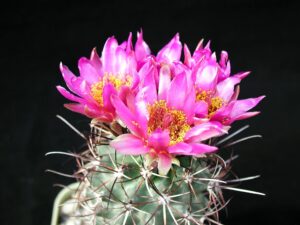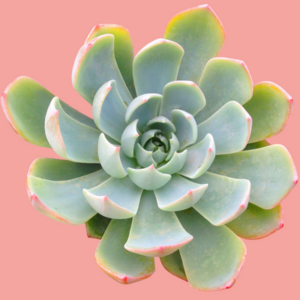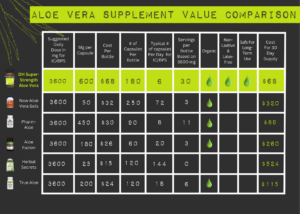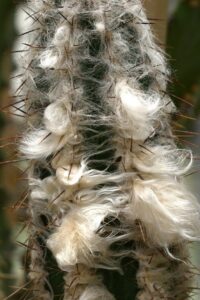Clover mites and chiggers are two notorious pests that often evoke curiosity and concern among homeowners and outdoor enthusiasts alike. While both are minuscule in size, their impacts can be substantial, leading to discomfort and frustration. Understanding how to identify these creatures and learning effective management strategies can help mitigate their nuisance and protect your living spaces.
Identifying Clover Mites: A Closer Look
Clover mites are tiny arachnids, often mistaken for insects because of their diminutive size, typically measuring just about 1/30 of an inch. Their most distinguishing characteristic is their deep red color, particularly noticeable during the spring when they migrate in large numbers. They tend to appear on lawns, gardens, and the exterior walls of homes.
These mites thrive in areas with plenty of moisture, such as gardens with rich vegetation. They primarily feed on plant sap, favoring clover, although they may also snack on other grasses and low-growing plants. Because of this diet, their presence can be a sign of a thriving garden. However, when large numbers colonize, clover mites can become a nuisance, particularly when they seek shelter indoors during their migration.
Behaviorally, clover mites are most active in warm weather, often making their appearance in early spring. They can occupy several environments, including fields, lawns, and gardens. When disturbed, they release a yellowish-orange fluid, which can stain surfaces and signal their presence.
Strategies for Managing Clover Mites
When dealing with clover mites, prevention is paramount. Consider the following strategies to mitigate their impact:
1. Maintaining Healthy Lawns: An actively maintained lawn with a balanced ecosystem can hinder the overpopulation of clover mites. Regular mowing, irrigation, and aeration promote a healthy environment, discouraging clover mite infestations.
2. Using Barriers: Establishing physical barriers around your garden and home can deter these pests. Consider a mulch barrier or gravel surrounding your home’s foundation to create an inhospitable environment for their migration.
3. Insecticidal Soaps and Solutions: In severe infestations, applying insecticidal soap can assist in eliminating surface populations. Ensure to follow up with regular maintenance to prevent their return.
Chiggers: The Tiny Terrifiers
Chiggers, a type of larval mite, differ significantly from clover mites in both appearance and behavior. Typically, chiggers are nearly invisible to the naked eye, measuring about 0.15 mm as larvae. They often display a vibrant orange-red hue, though more seasoned enthusiasts recognize them from their unique feeding habits rather than their color.
Unlike clover mites, chiggers do not suck plant sap; they require animal blood for sustenance. When humans wander into heavily infested areas, such as fields and overgrown lawns, chiggers can latch onto skin. They inject enzymes that break down skin cells, creating a feeding tube from which they derive nourishment. This process causes intense itching and discomfort, often leading to red welts and potential secondary infections if scratched.
Understanding Their Habitat: Where Do You Find Chiggers?
Chiggers typically reside in tall grass, weeds, and dense vegetation. They are most prevalent during warm, humid months, particularly in late spring through early fall. Awareness of the environments conducive to chigger habitation is essential for individuals who frequent outdoor activities, as avoiding these areas can significantly reduce encounters.
Practical Measures for Chigger Control
Effective control of chiggers involves several strategies to minimize exposure and manage infestations:
1. Clothing Choices: Wearing protective clothing while engaging in outdoor activities can significantly reduce chigger bites. Long sleeves, pants, and enclosed shoes act as formidable barriers against these tiny pests.
2. Chemical Repellents: Applying insect repellents that contain DEET or permethrin to exposed skin and clothing can hinder chigger contact. Always follow the manufacturer’s instructions for safe usage.
3. Environmental Management: Regularly mowing lawns, trimming back dense vegetation, and creating barrier zones can help reduce chigger populations. Consider maintaining clear paths through your lawn to discourage lodging areas for chiggers.
Responding to Chigger Bites
In the unfortunate event of chigger bites, various remedies can alleviate the associated itching and irritation. Over-the-counter antihistamines or hydrocortisone creams may provide relief, while cool compresses can help soothe inflamed skin. Importantly, avoiding scratching is vital to prevent further irritation and infection.
Conclusion: A Dual Approach to Pest Management
Understanding the unique characteristics and behaviors of clover mites and chiggers, coupled with effective management strategies, empowers individuals in both residential and outdoor environments. Whether addressing the unsightly stains left by clover mites or dealing with the relentless itching from chigger bites, adopting preventive measures and responding appropriately to infestations will lead to a more pleasant living space and outdoor experience. Knowledge is not just power; it’s the pathway to harmonious coexistence with these tiny yet fascinating creatures of our ecosystem.





Leave a Comment